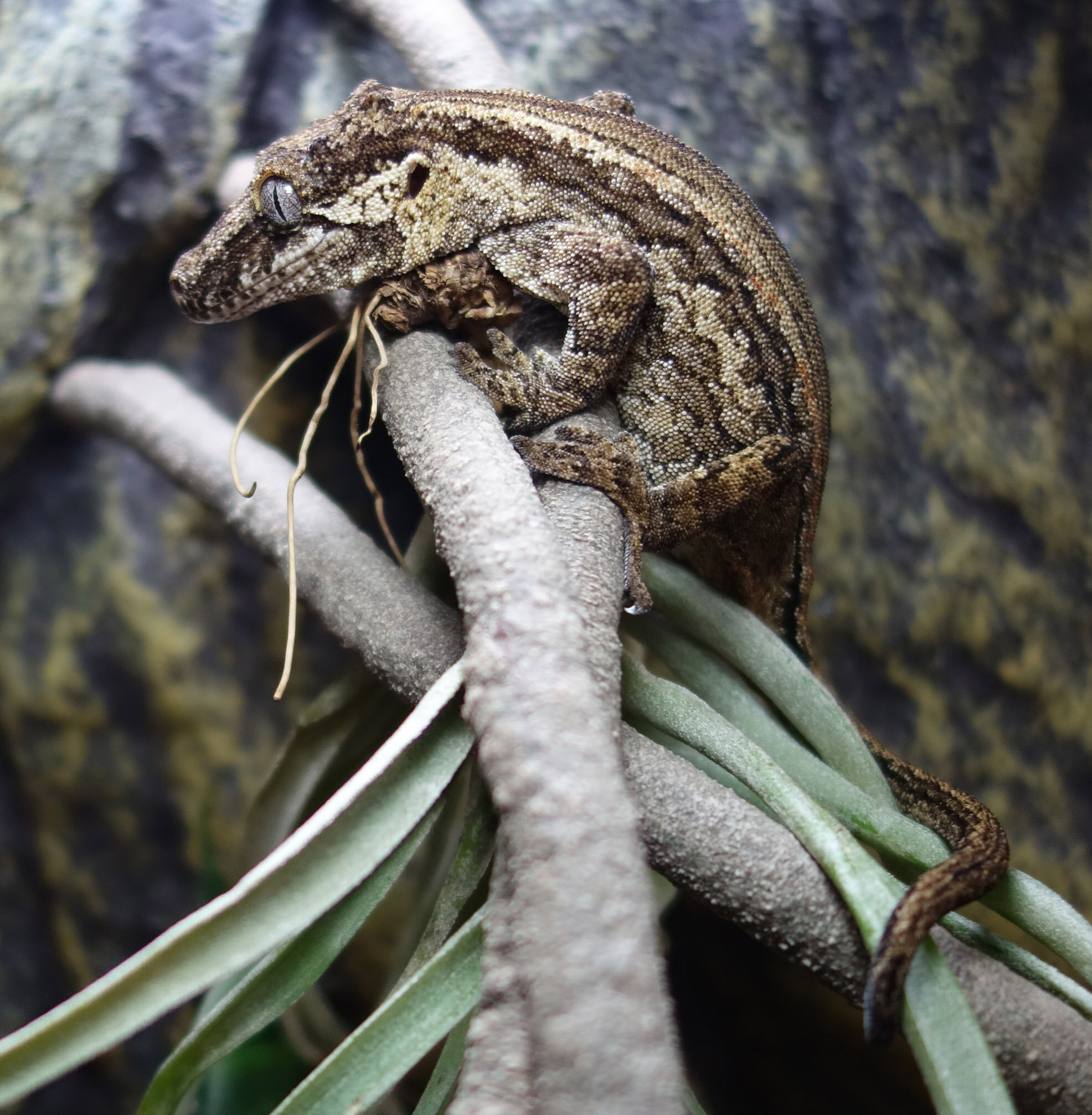Recently, I was invited by my mentor and former professor Kelli Kelley to guest lecture via Zoom in Louisiana State University’s ART 4889 Advanced Drawing Workshop! It was fun to get a chance to catch up with Kelli and to virtually meet LSU art upperclassmen and graduate students.
Enjoying Fall Outdoors in the Loess Hills
I’ve been taking advantage of the beautiful fall weather we’ve had - I’m still biking the Adams Homestead & Nature Preserve twice a week, and recently I went apple and pumpkin picking with some friends in Mondamin, IA. I didn’t realize it until I arrived, but Mondamin is nestled right up to the Loess Hills, a beautiful landscape that features some nice hiking trails and overlooks, and which is host to a number of interesting species - including a native yucca plant! After enjoying Small’s Fruit Farm, I stopped by one of the scenic overlooks and took some photos as well as harvested a ripe seed pod from one of the Yucca glauca on site - more on that to (hopefully!) come. A section of the overlook land had recently undergone a controlled burn, which added another element to the already interesting view. As I was leaving to head back to Sioux City, I also passed this house with very eclectic and aesthetic brickwork.
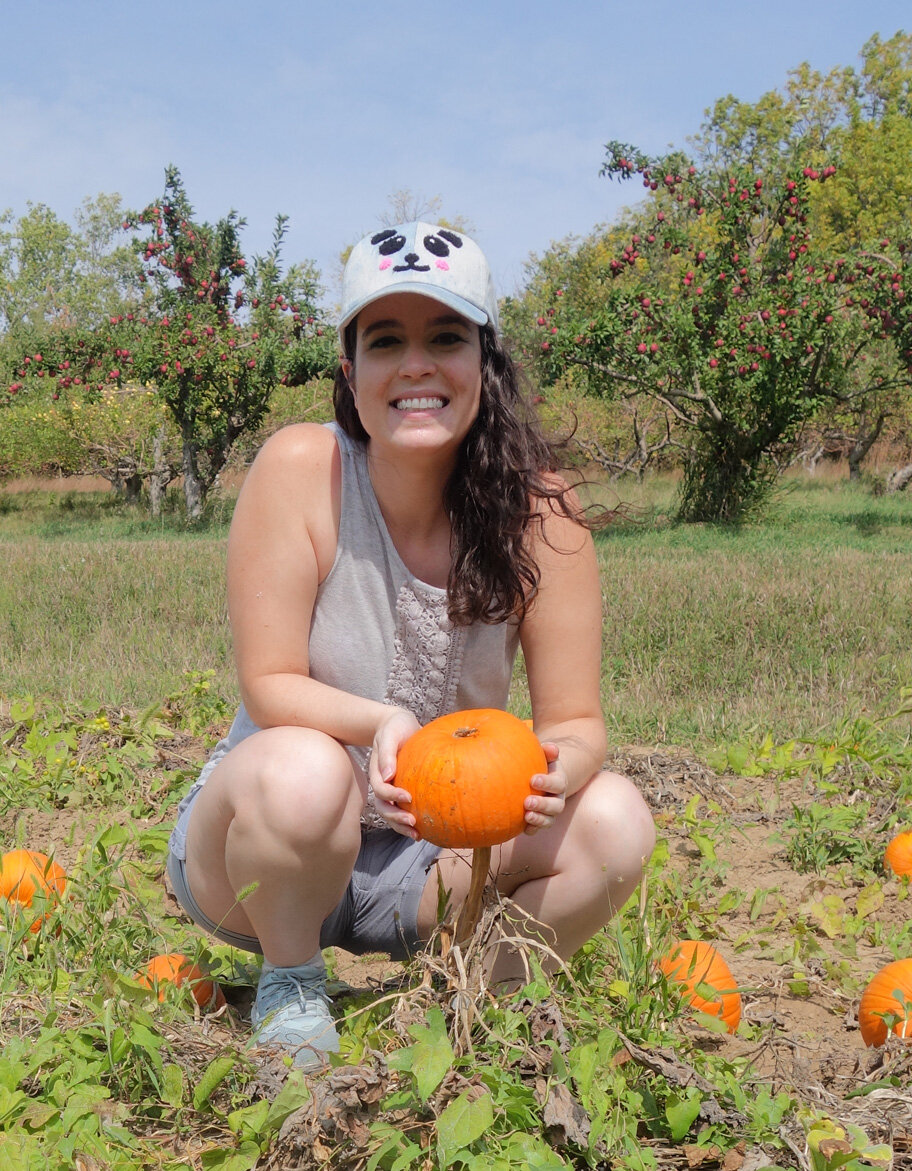

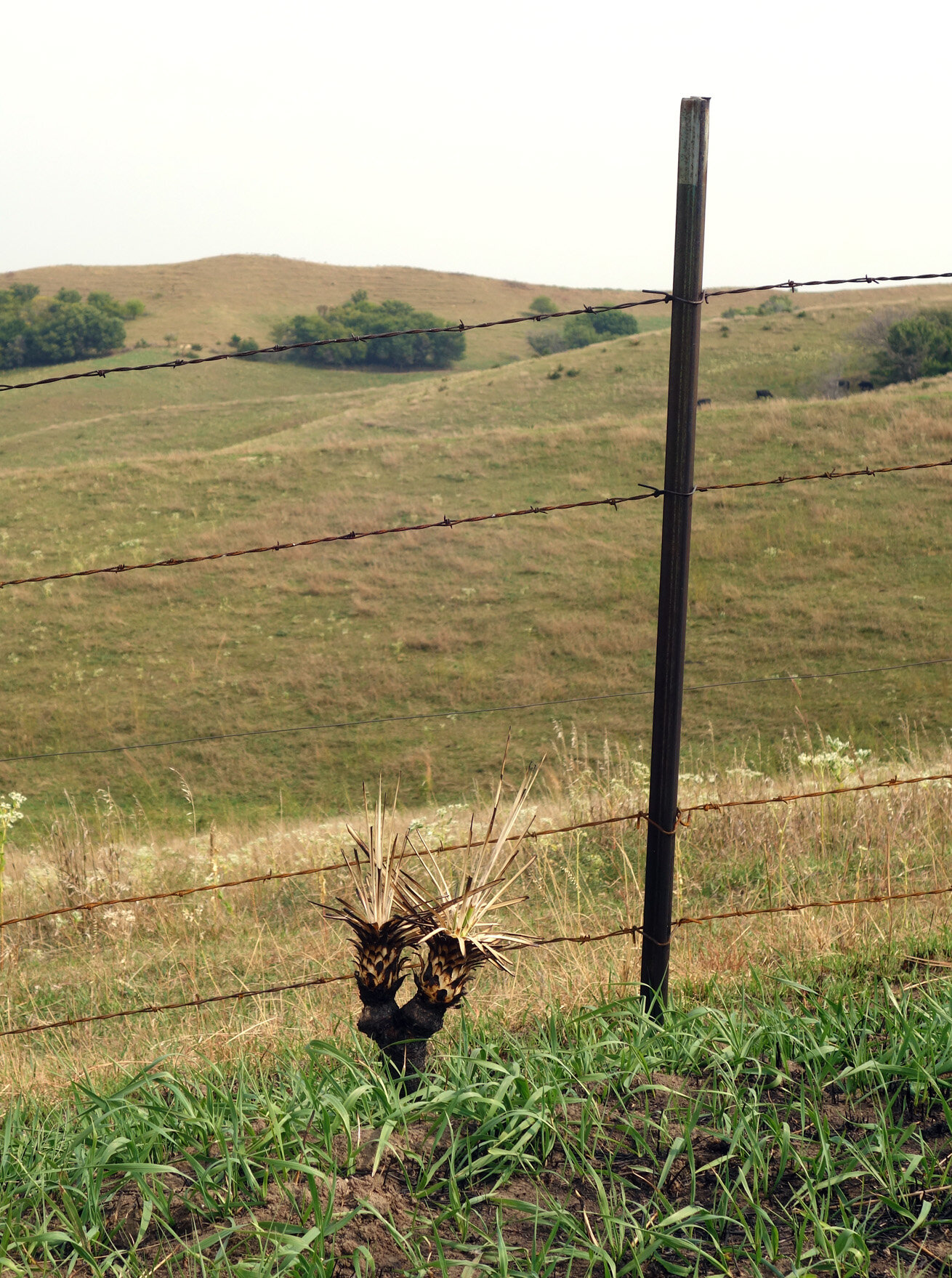
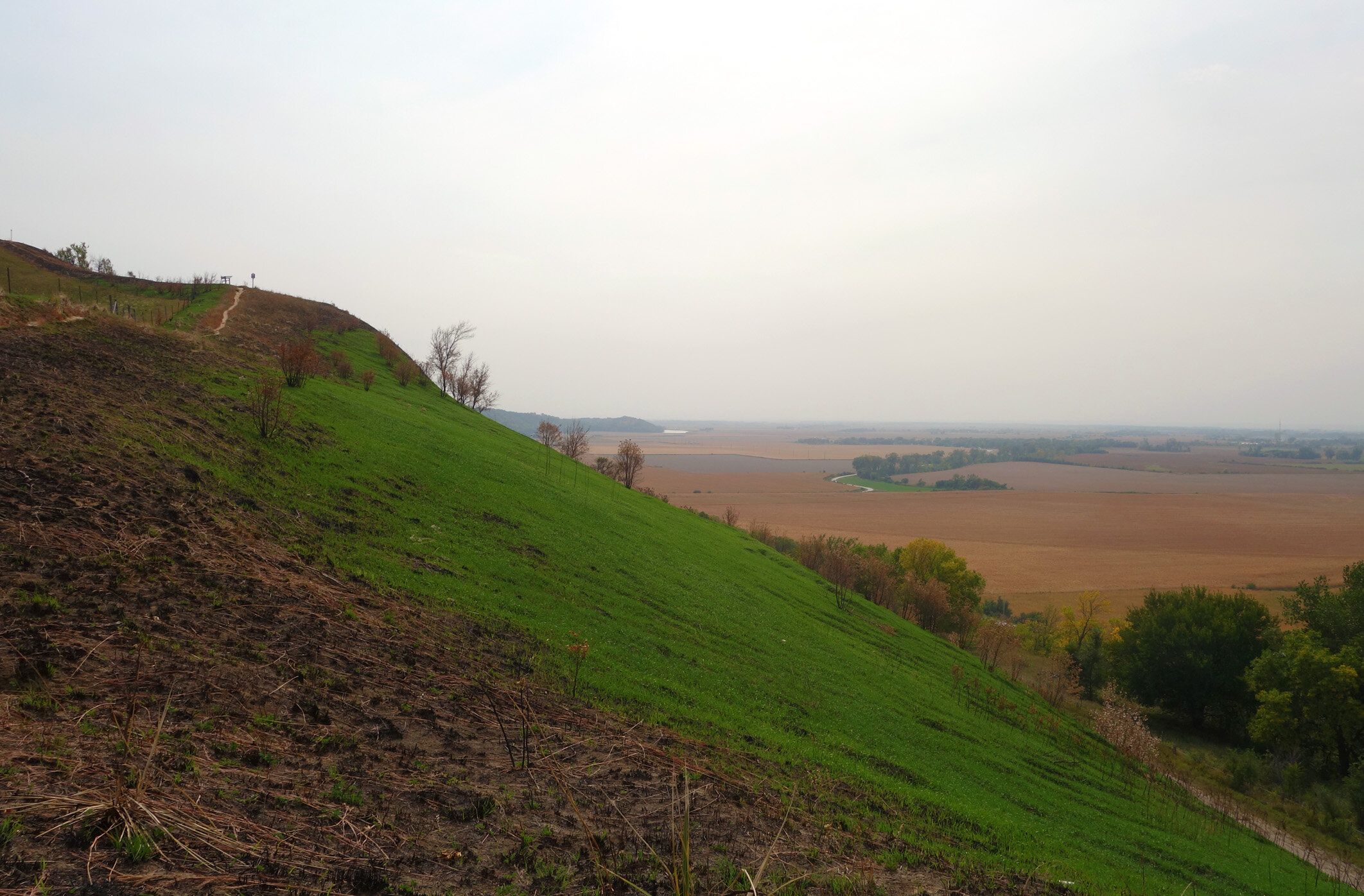
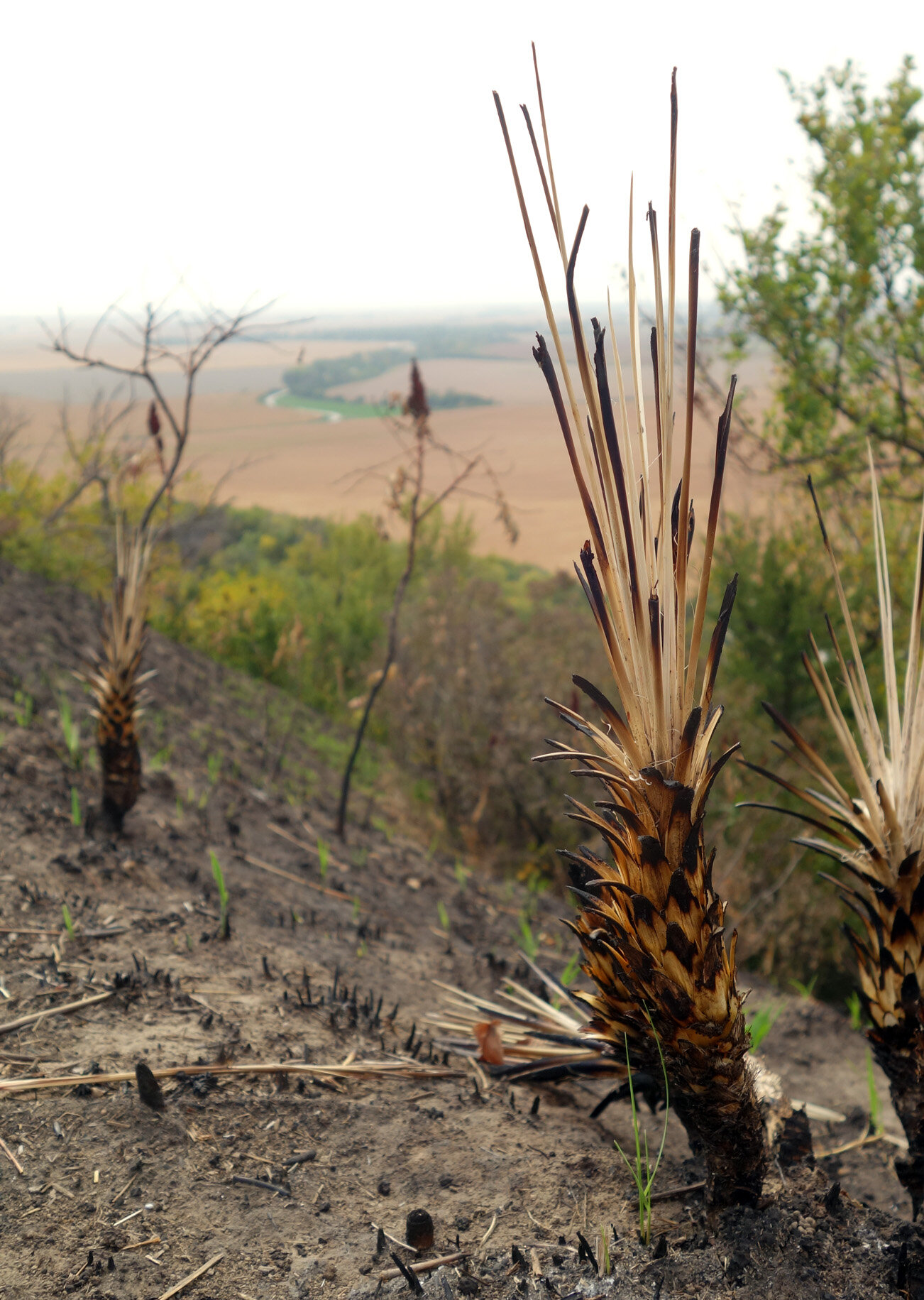


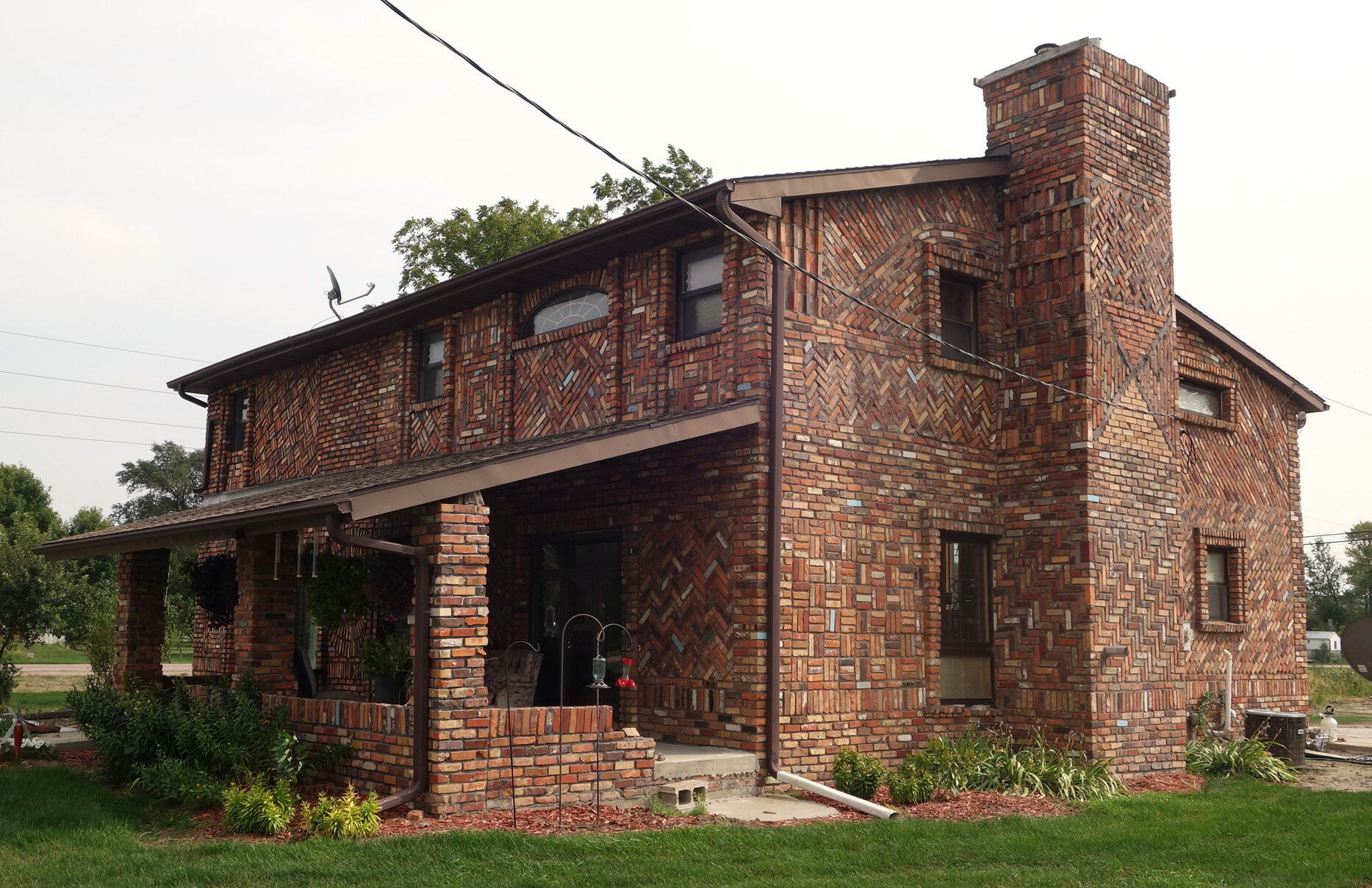
An Amusing Student Interaction
I give propagations of plants out to students as gifts, and sometimes as prizes for answering art questions correctly (if more than one student is interested in adopting the plant). So far, students this semester have received Cyanotis kewensis, Zamioculcas zamiifolia, Tripogandra serrulata, Kalanchoe daigremontiana, and Kalanchoe beauverdii. Then this showed up in my inbox a few weeks ago:
If you’re wondering, I said yes.
Photos from Contact!
My solo show, Contact, finished up last week in Eppley Gallery. If you didn’t get a chance to visit, here are some photos for you to enjoy!
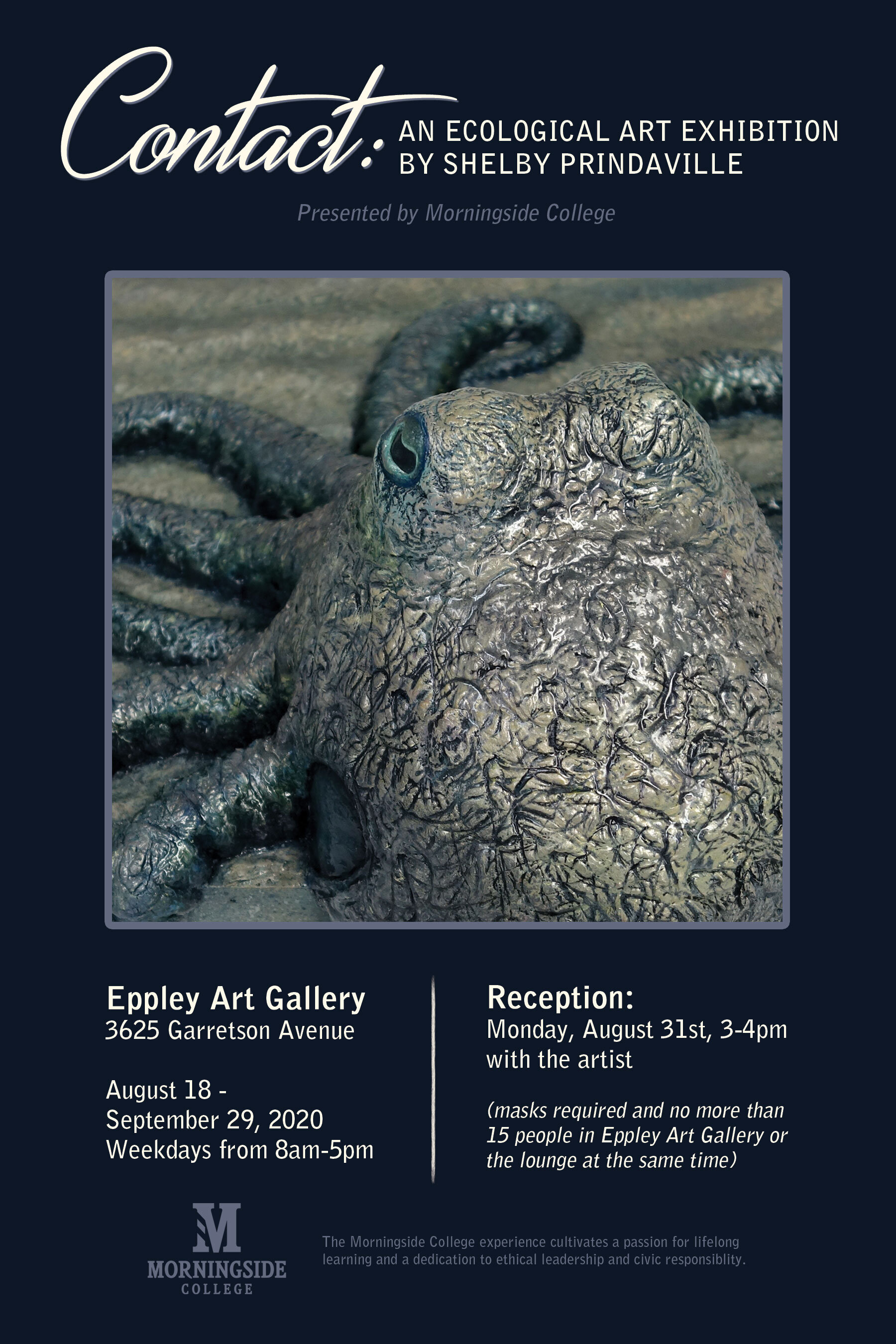

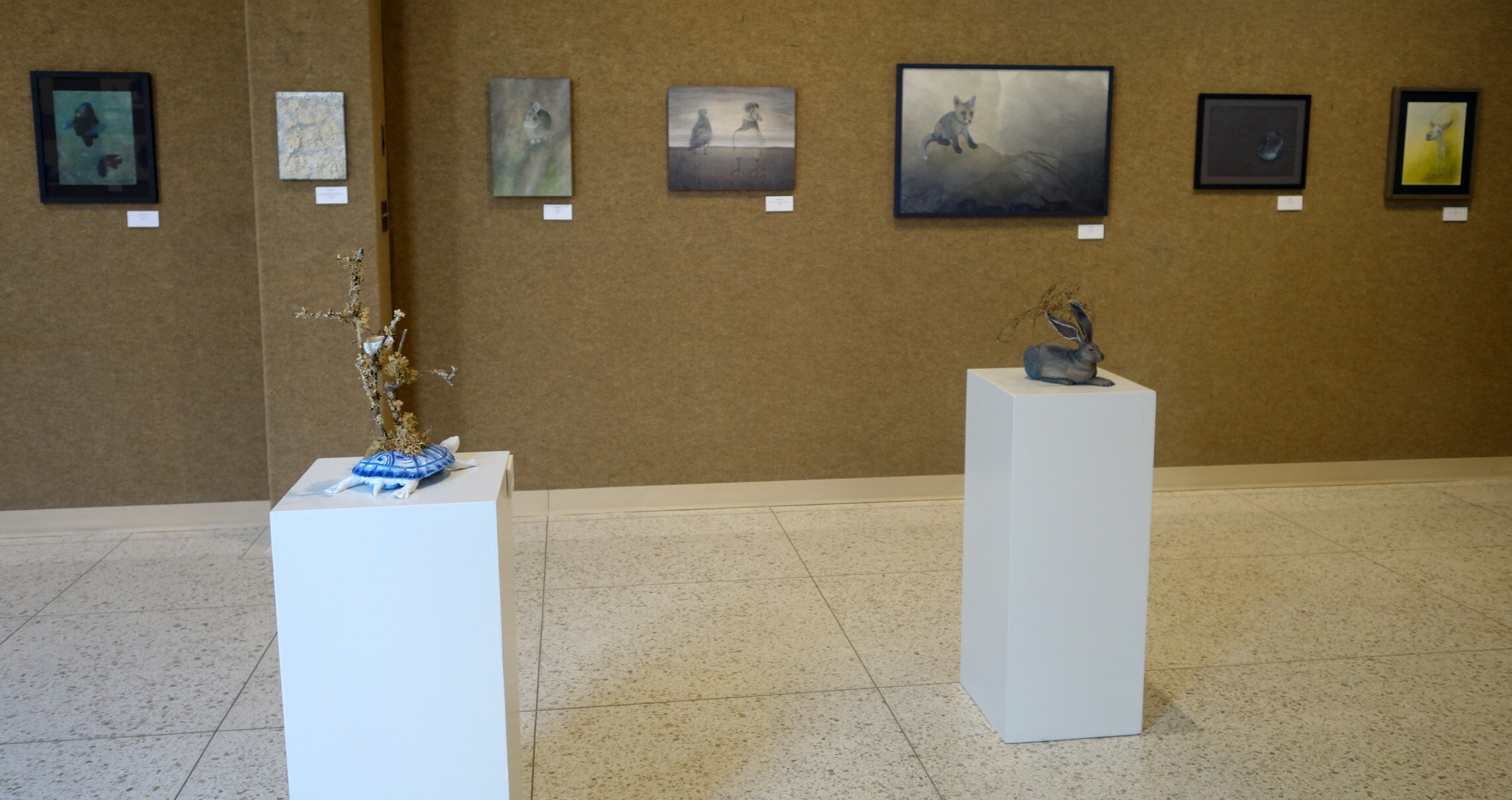


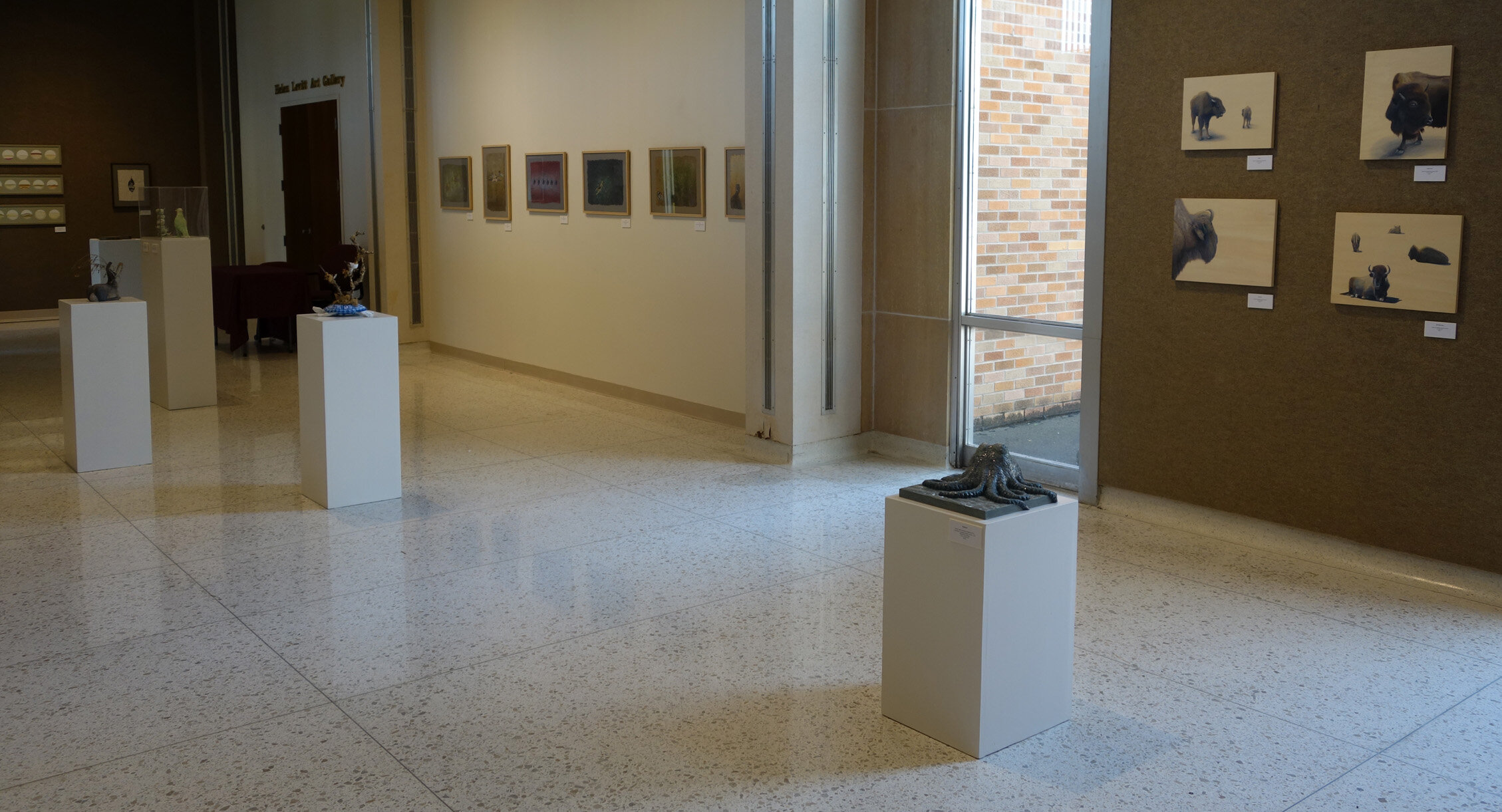

COVID-19 Anosmia Frustration
Anosmia happens to be a relatively common symptom of COVID-19, so more people are talking about it of late. I was born with anosmia, which is the term for no sense of smell. (I mostly get by just fine in the world, and in fact I appear to have better color vision as a result, and perhaps my super-powered high-pitch hearing abilities are also related. I do have more exposure risk to toxic fumes, gas leaks, fires, and such, and spoiled food can also be more difficult to discern. My long-term memory is also negatively impacted. So it’s not something I necessarily recommend, but anosmia is and always has been a part of my life.)
One of the more frustrating things about not being able to smell, though, is that people who can smell conflate smell with taste ALL THE TIME. They are not the same sense. Words have meaning. For example, many “flavored” items in the market are in fact scented, which is very frustrating if you don’t in fact experience both because you waste time and money on discovering this inaccurate marketing language. Jolly Rancher candies, Starbursts, Skittles - their various colors and types (strawberry, cherry, orange, lemon, grape, etc.) all taste pretty much the same, and any differences in taste are typically not identifiable as actual fruit differences but rather slight differences in citric acid to sugar ratios. Meanwhile, I can absolutely differentiate a real strawberry from a cherry by taste, and so on. All those “flavored” sparkling waters on the market like La Croix Mango vs. Coconut are all merely scented waters. They are indistinguishable to me. The only truly flavored sparkling waters I’ve found so far are from Spindrift, and they also are 10-15 calories apiece because they do actually incorporate a touch of juice.
This recent op-ed in The New York Times is therefore infuriating. Krista Diamond did not lose her sense of taste. She lost her sense of smell. Ageusia is its own disorder. Words have meaning. WORDS HAVE MEANING.
Specialization and Societies
When I was a kid, I really liked reading survival fiction. Hatchet, Robinson Crusoe, Swiss Family Robinson, My Side of the Mountain… I was down to be a self-sufficient machine. Nowadays, if you are interested, there are people surviving (or as some like to put it, “sur-thriving”) in the wild for weeks to months with very few supplies on various television survival shows like Alone and Naked & Afraid and YouTube channels dedicated to living a fully self-sufficient lifestyle.
As an adult, I have to share that I really like living in a specialized society. (Also, as a vegetarian for ethical reasons, I dislike the emphasis on killing animals that seems to invariably accompany these solo survival experiences.) I grow a lot of plants, but currently am only growing one food-producing plant (my tomato plant), and that was a gift from a neighbor. I know a lot about art, plants, animals, and ecology, and a fair amount about a range of other topics. Nevertheless, I rely on other people for a lot! I buy most of my food from a supermarket, and am fortunate enough to be gifted pretty much else in my diet (aside from my homegrown tomatoes, though I was gifted the plant itself) from gardening friends. My job - college department chair and professor - exists as a product of living in a society. I rent my house, and pay for water, electricity, and trash/recycling removal services. I make use of modern medicine, and have interests and hobbies that depend upon the participation of others for maximum enjoyment. This very blog is a product of the internet, a social network.
We’re living through a pandemic that wouldn’t be a problem if we were all self-sufficient machines that could permanently isolate (as well as one that wouldn’t be a problem if we were all vegetarian…). It sucks. We should do our best to stop COVID-19 spread through wearing masks, pausing on travel and large gatherings, and in general following recommendations from scientific and medical professionals because having a social conscience is important when living with others. But I love the life that I have - which has not only benefited greatly from but is founded on being a specialized member of a society - and while I understand that there are certain negatives that come along with living this way, I nevertheless embrace it as my desired lifestyle. Viva society.
Have You Heard of Cryptic Species?
I was recently introduced to the concept of “cryptic species” - a term for when there are two or more species being accidentally harbored under one scientific name due to having very similar characteristics. So for instance we humans are all Homo sapiens, but if there did happen to be a mistake and two different species are currently being labelled as Homo sapiens, the non-Homo-sapiens one that got lumped in would be a cryptic species. Furthermore, sometimes there are several species that are so similar-yet-variable that they end up getting tossed all together into a relatively intentional “species complex,” meaning that we’ve understood multiple species exist but also acknowledged we’re not going to be able to reliably distinguish between each individual species in a species complex other than through advanced techniques like lab-based genetic differentiation.
My Aloe bowiea beginning to grow a flower spike.
How did this come up, you might ask? I have been charmed by my grass aloe, Aloe bowiea, of late and decided to read up a bit on it and in fact its whole category of grass aloes (and every time I say, think, or type “grass aloes” I am reminded of grass-type Pokémon, which is perhaps part of their appeal to me).
Grass aloes are aptly named aloes that are small, thin-leaved, and easily mistaken for grass in habitat - particularly when not in flower. They are not showy plants; they are in fact often considered too plain and small to merit growing as a houseplant. This means that they are rare, but the kind of rare that comes from being overlooked rather than in demand or particularly difficult to grow. And this quality of being overlooked, small, and plain brings me back around to cryptic species, because apparently there are grass aloes that had been cryptic and potentially more still to discover. There’s not a ton of information about grass aloes online presumably at least in part due to their lack of popularity, but I have put in an inter-library loan request for the book Grass Aloes in the South African Veld which I imagine will more than satisfy any remaining curiosity once it arrives!
Fall 2020 Courses
I am teaching ART 103 Design and ART 210 Graphic Design I in addition to overseeing ART 401 Advanced Studies: Design this semester, and today is the first day of classes here at Morningside College! Given the pandemic, I’ve been working hard all summer at adapting Design and Graphic Design I to accommodate a hybrid and/or remote learning model if necessary. I have really enjoyed using the software VidGrid to record video lectures for asynchronous content delivery!
Current Solo Exhibition: Contact at Eppley Art Gallery
I’m opening up the school year with a solo faculty exhibition, Contact, at Morningside College’s Eppley Art Gallery! If you’re in Sioux City and can safely visit, check out my poster below for all the pertinent details. I’ll show some gallery images later on for those of you who are further afield or unable to attend.
Recent Article in the LSU Reveille About QCC
This summer has been so crazy that I haven’t been as on top of sharing my press coverage, but here’s a still fairly recent article from the LSU Reveille which gives my collaboration with Dr. John Pojman on 3P Quick Cure Clay a mention, “LSU professor creates QuickCure Clay, combining science, art, aiding wide range of artists.”
Upcoming Exhibition: The Vacant Museum's Heat & Relief
My relief Outreach will be on exhibit in The Vacant Museum’s two-part online exhibition Heat & Relief which will open on August 28, 2020. I’ll get a link out once it goes live!
Current Exhibition: The Art Museum of South Texas's Creative Distancing
I’m exhibiting my newest painting, Emerging, in the Art Museum of South Texas Chapman Gallery’s exhibition Creative Distancing: An Exhibition of Community Creativity. The show is being held online and awards will be selected by jurors and voted upon by the public at the close of the exhibition, so keep your fingers crossed for me! (I’m a little unclear as to how the voting will happen, but if I am notified I’ll share the news so that if you’d like to vote for my painting, you can.)
Publication in the 2020 Kiosk
I entered artwork into the jury pool for the 2020 issue of the Kiosk, which is published at my own institution of Morningside College in Sioux City, IA. Two of my pieces, Balancing Act and Camelflage, were selected and the magazine’s print edition will be distributed in a few weeks! If you’d like to see the digital version, you can browse it here. The 2020 issue is Volume 82, which is a testament to the longstanding tenure of this publication - the first issue was released in 1938.
Summer Plant Highlights
This is the first summer in at least six years that I have been present to witness and tend to my plants throughout. (Usually I do at least one artist residency, which typically takes me away for anywhere from five weeks to two-and-a-half months, but the pandemic put a pause on that practice.) I’ve been using the opportunity to try my hand at growing a tomato plant as well as attempting to hand-pollinate compatible flowers from my collection. Here are some photos from the past couple months!
Here we have, in slideshow order: A blooming Hoya kerrii, a Dyckia spp. flower spike, two flower buds almost about to open on an Echinopsis subdenudata 'Domino,' my Haworthia parksiana growing several flower stalks, several different images of my blooming Ledebouria spp., my Mammillaria karwinskiana ssp. nejapensis flower crowns, an Ibervillea lindheimeri flower, Rhipsalis mesembryanthemoides with a couple flowers, a blooming Uncarina roeoesliana, an Episcia spp. in flower, a Phalaenopsis flower spike that lasted for about six months (!), a Sinningia spp. flowering in a cloche for greater humidity, my tomato plant with a few green tomatoes in progress, a lush top-view of my Pelargonium dasyphyllum, an evening look at a reflective Haworthia spp., and an errant Phalaenopsis orchid root that grew through a neighboring plant’s felt coaster which I removed post-photo.
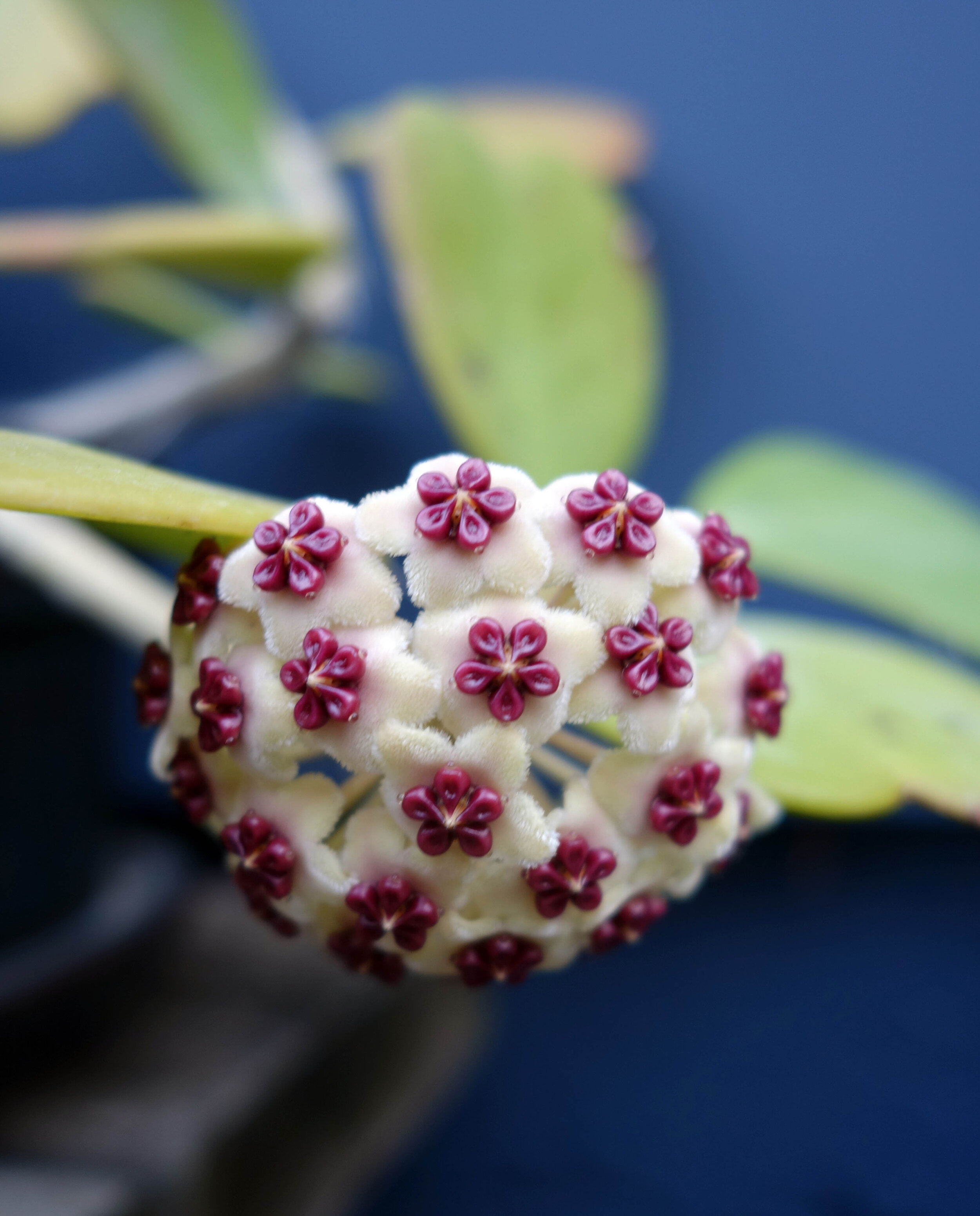


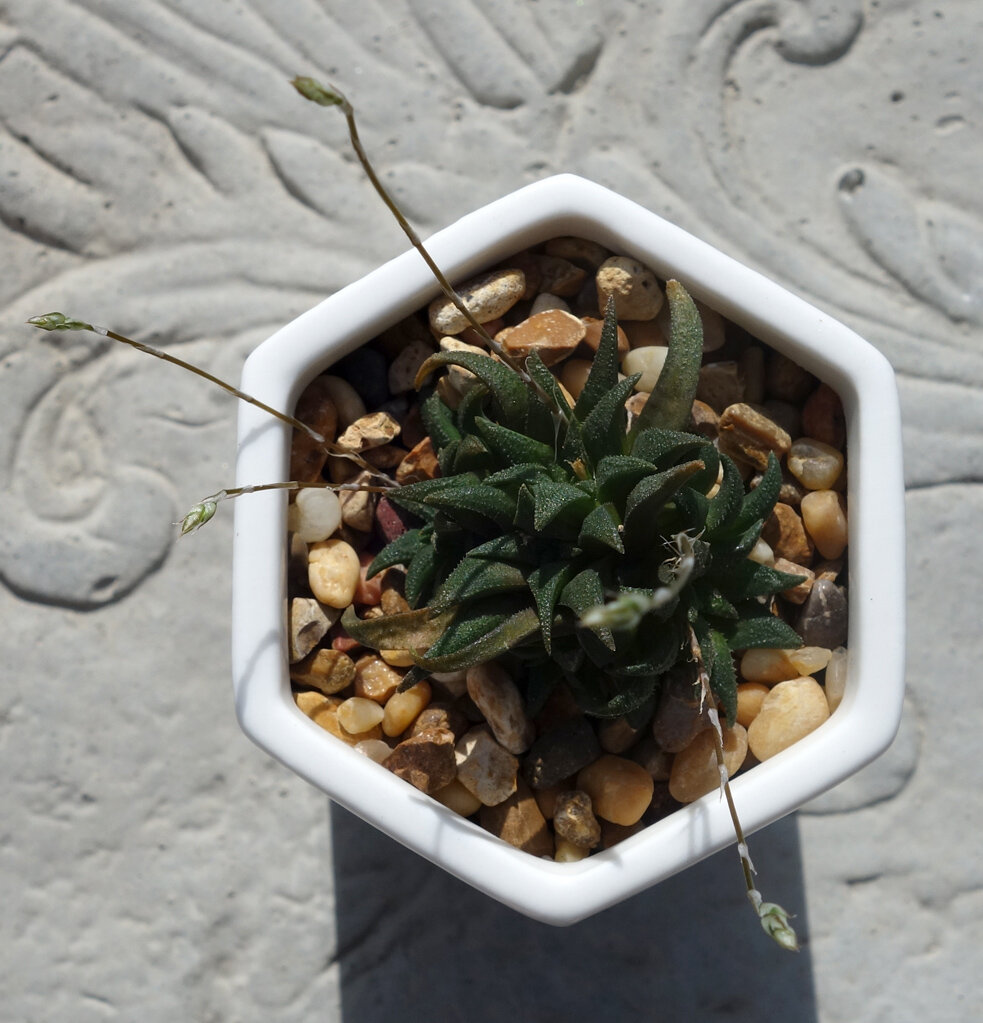
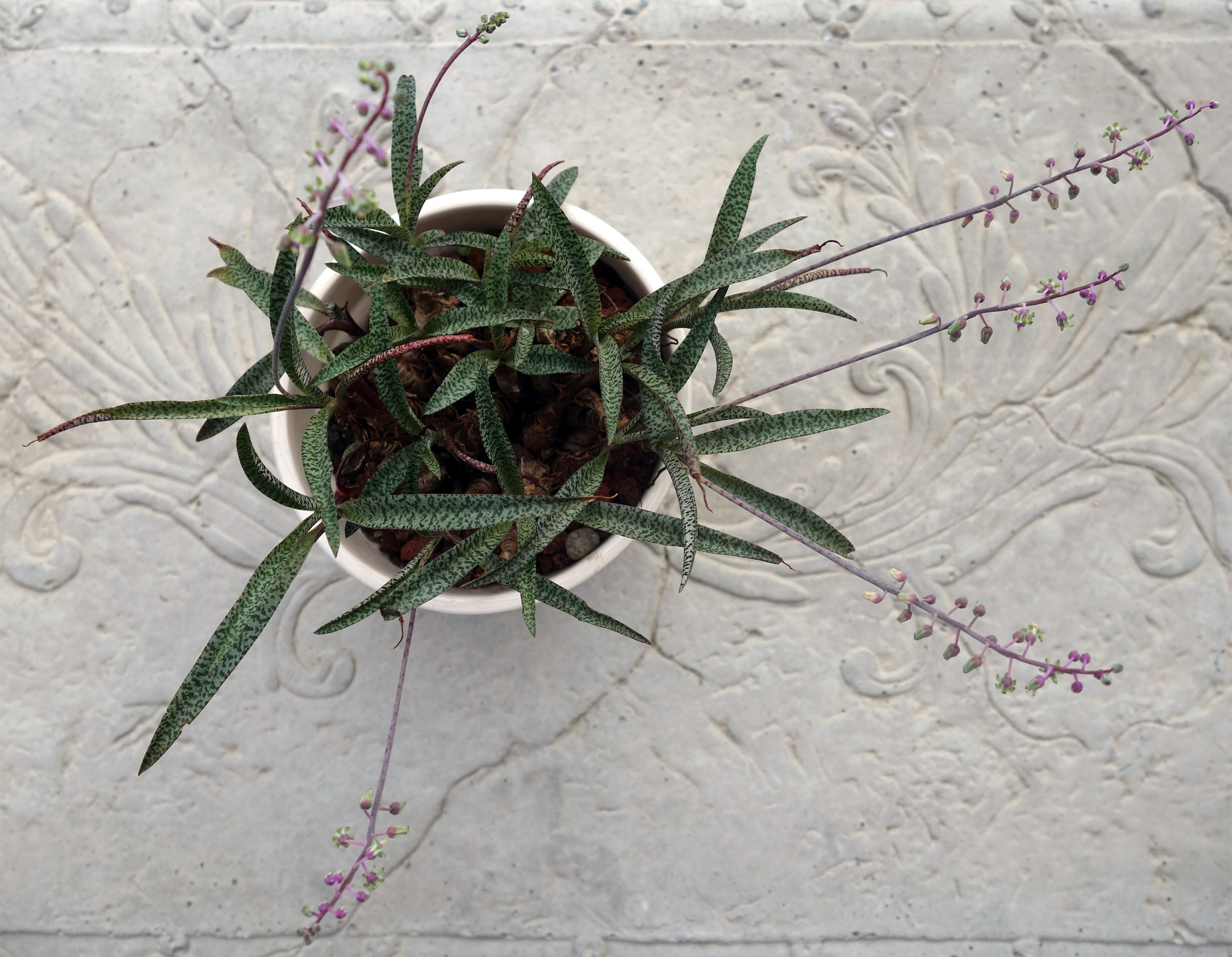
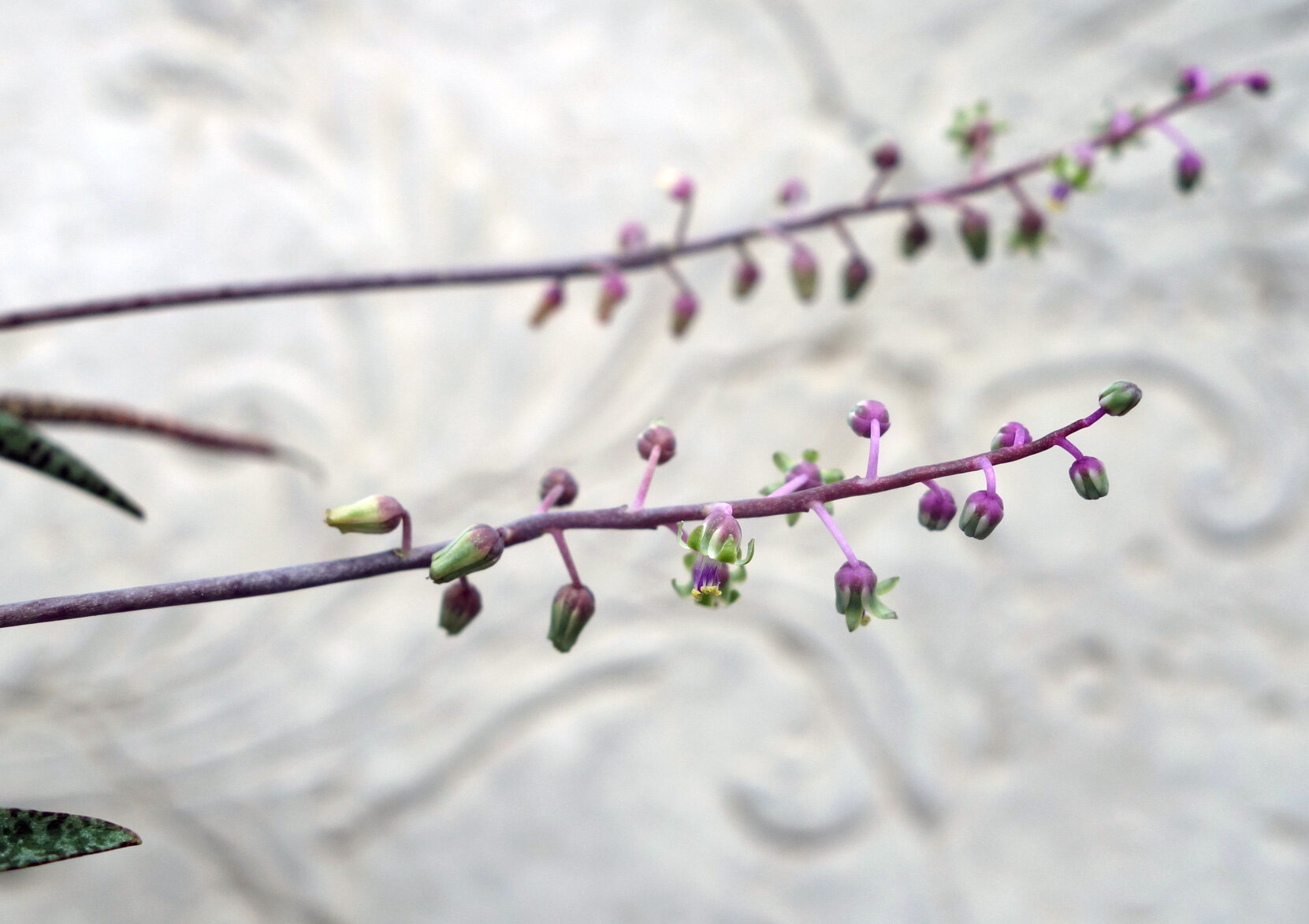


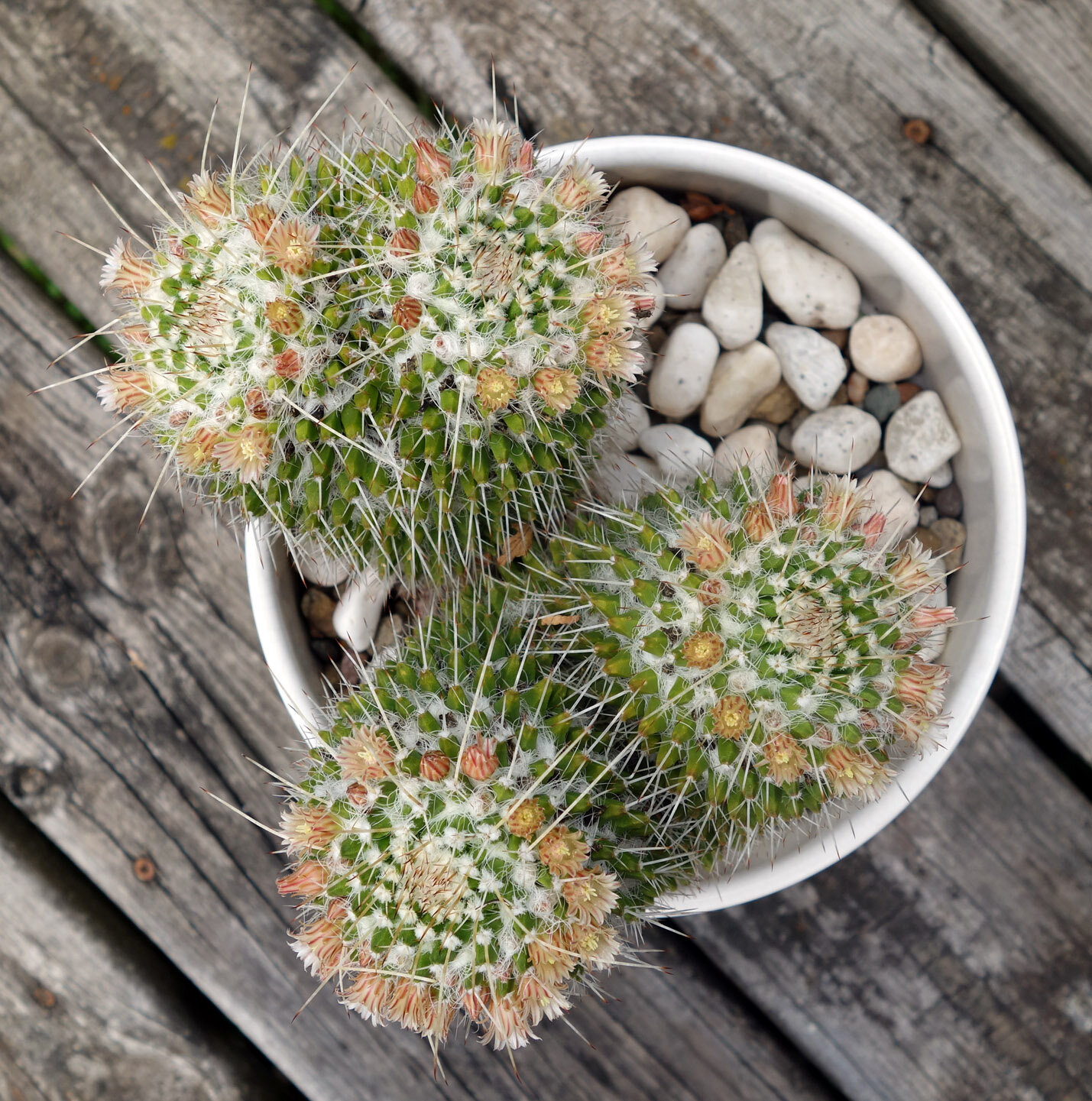

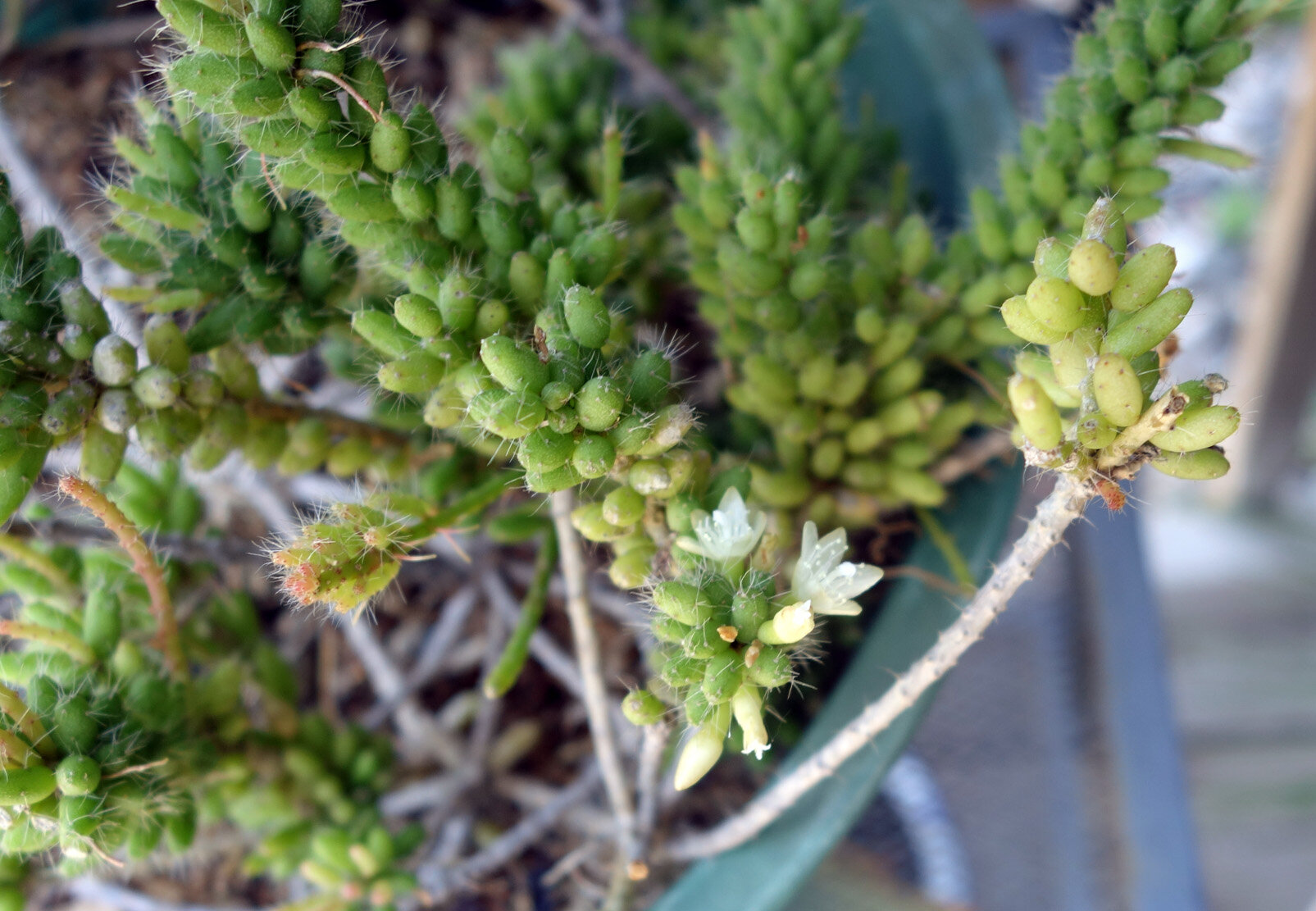

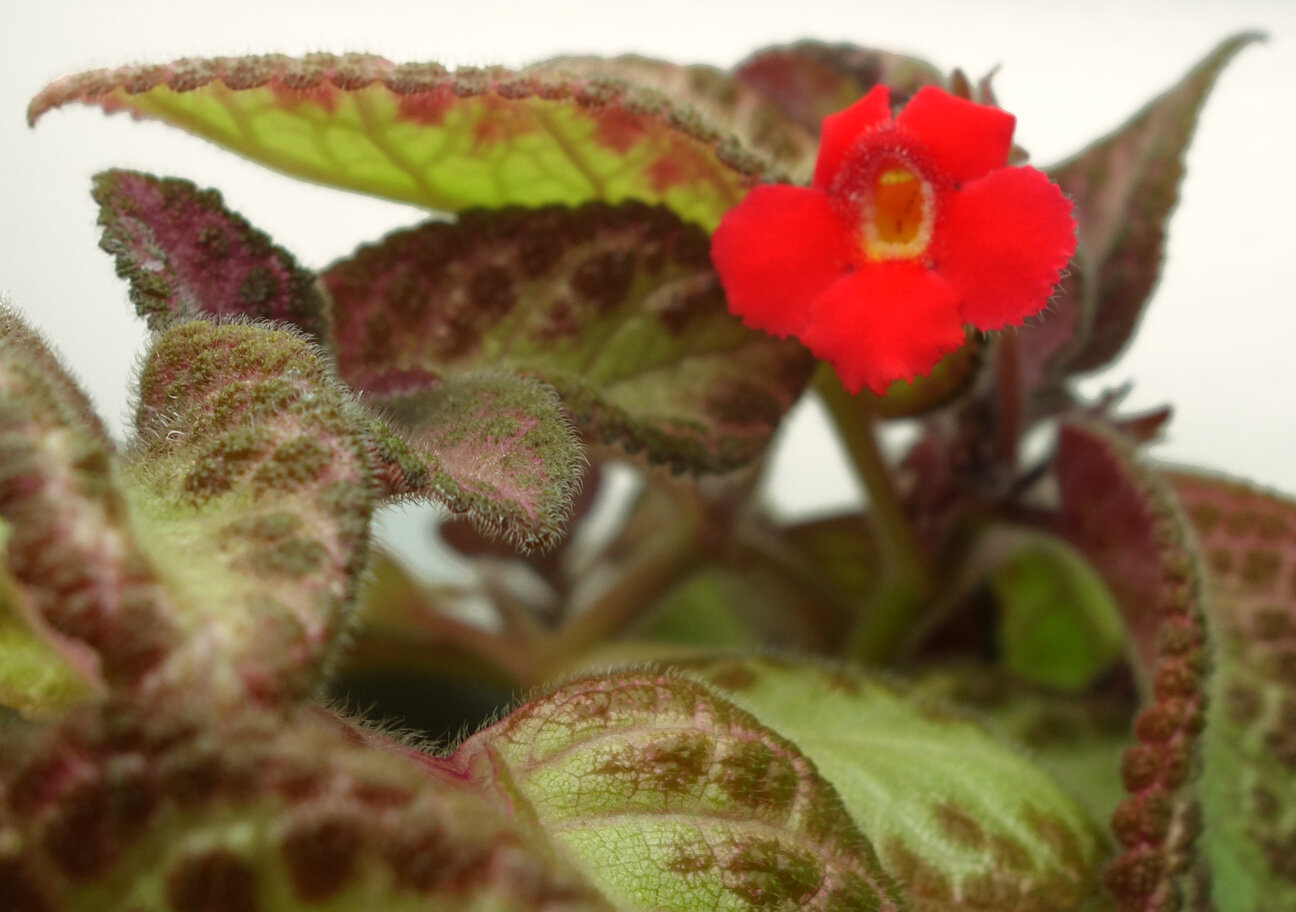
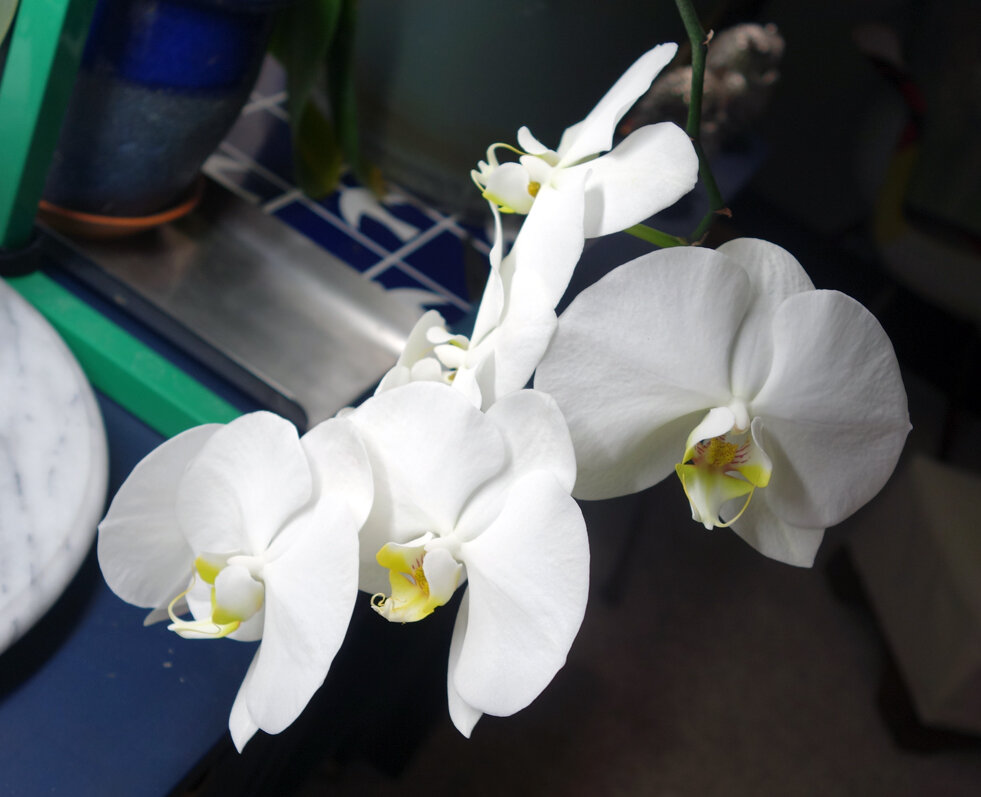
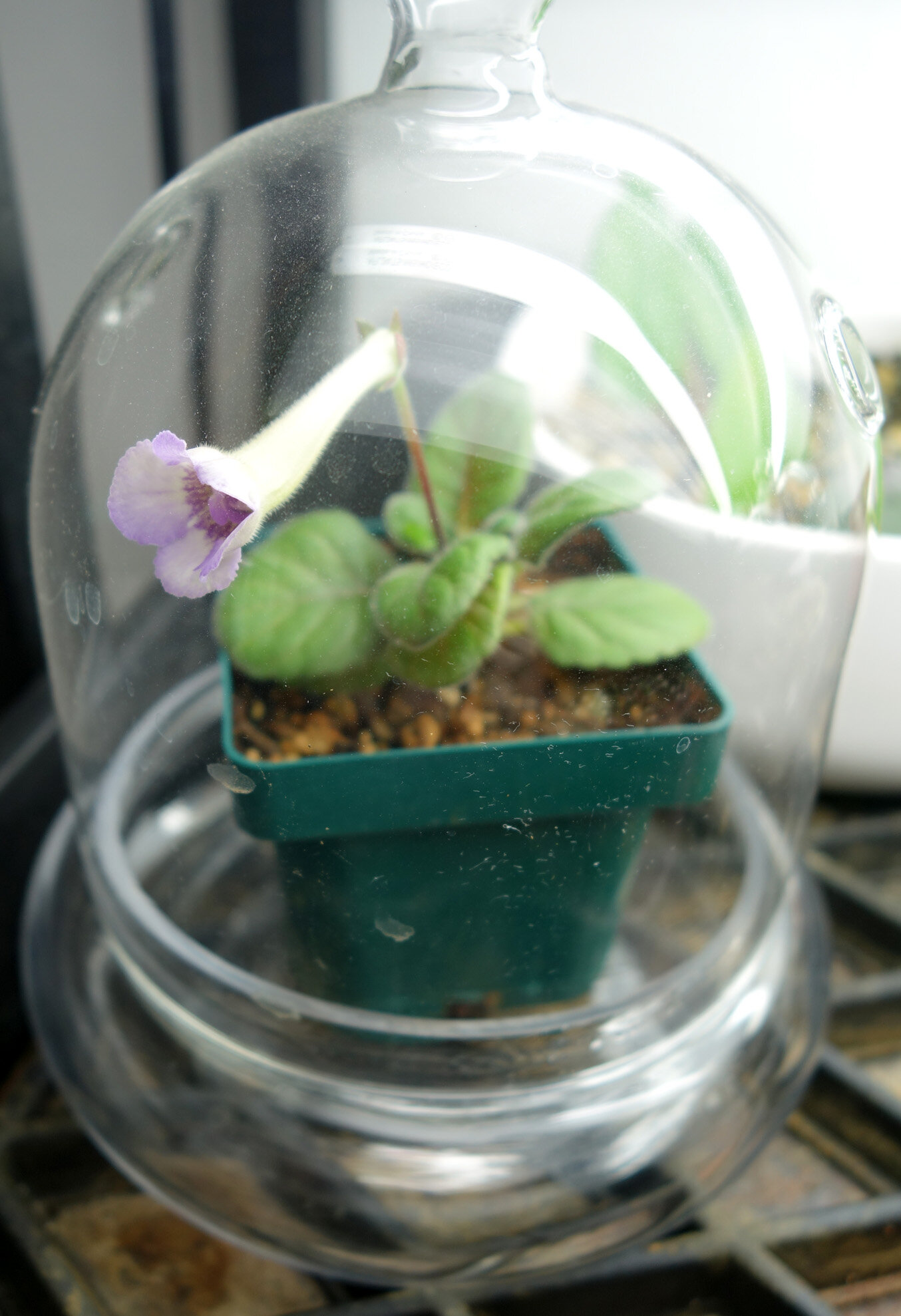
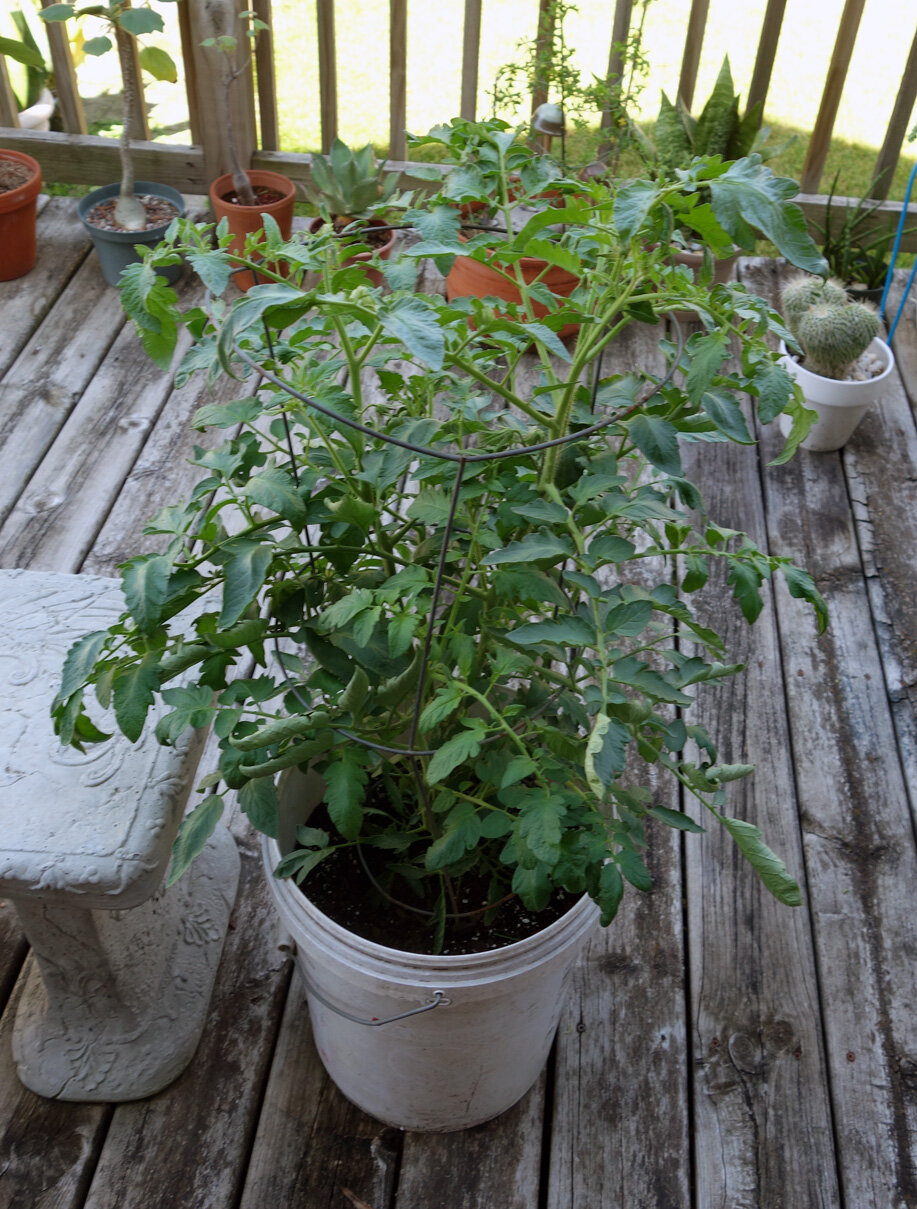
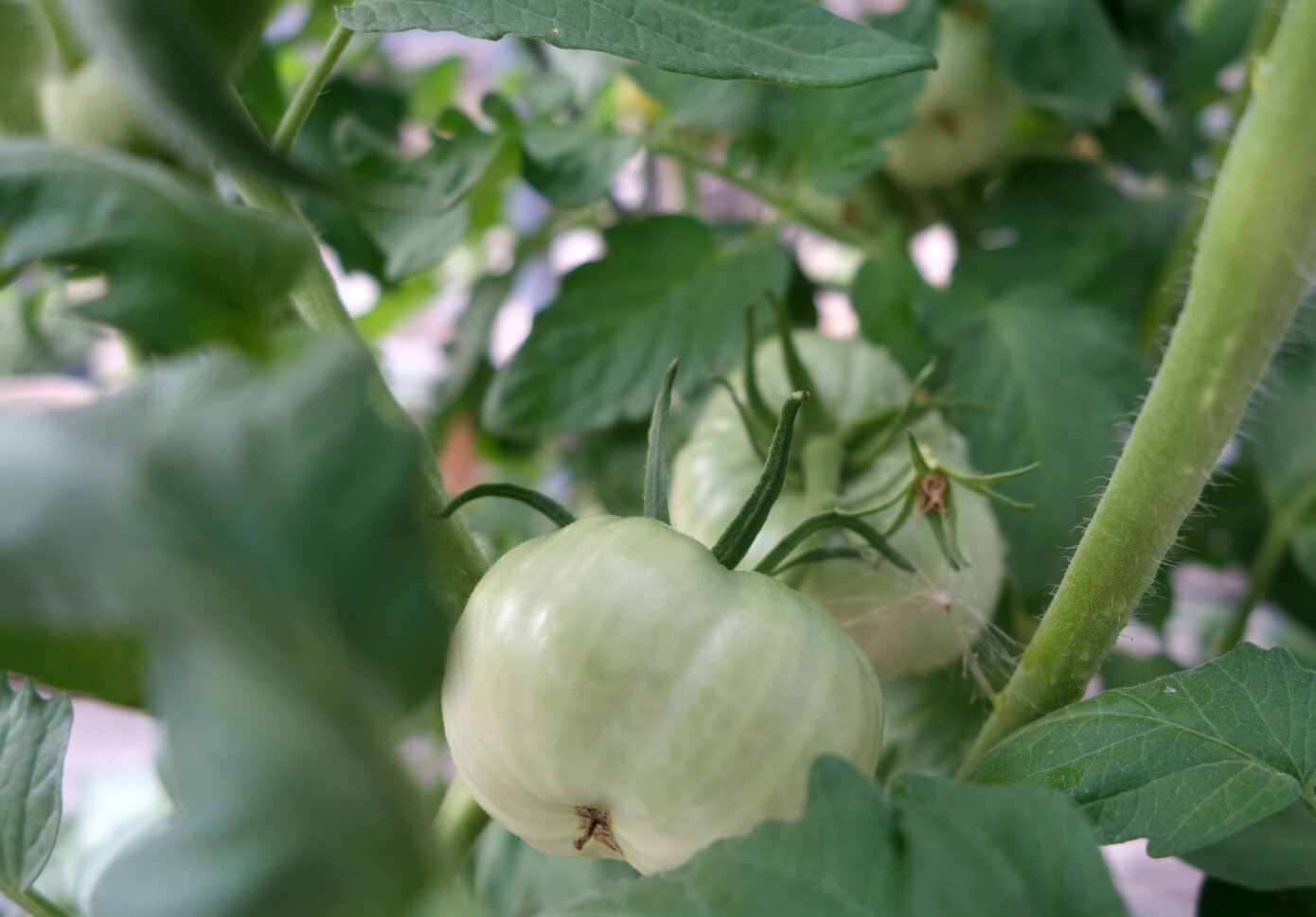



Scandals in the Houseplant Hobby
There have always been scandals in the world of houseplants. Big box stores selling dyed and painted plants, cacti and succulents with dried and dyed strawflowers glued on, injected orchid spikes (spoiler - there are no naturally blue Phalaenopsis), doomed plants in glass baubles, and glued-down top dressing are some common ones. Though more specialized nurseries tend not to commit those no-nos, many do sell tinted tillandsia and single Hoya kerrii leaves without stem cuttings that will never grow without any disclaimers. Some online sellers will purposefully mislabel or sell inert seeds or parts of a plant for propagation that will never be able to grow as well, relying on time, relative cost, and the ever-present risk inherent in attempting to grow seeds or propagate to erase any blame. And now there’s a new scandal rocking the houseplant world, the full scope is still in the process of being uncovered!
Let me first set the stage. If you, like me, have been in the houseplant hobby for decades, you might have noticed that it’s become quite the fad lately. There were (and still are!) some good online forums and blogs fifteen years ago, but recently I’ve witnessed the rise of “plantubers” aka YouTube stars who do surprisingly well discussing plants, Facebook groups, and - though I’m not that active on the platform - I’ve heard tell of Instagram plant influencers, aka plantfluencers. The rise of these various social media houseplant stars and societies has helped shape what is the must-have plant and drives demand for large swathes of new hobbyists. For whatever reason, right now monstera, philodendron, rarer pothos, and calathea are all hot commodities but the variegated and atypically colored ones are by far the most sought after. I actually don’t grow any of those types of plants aside from a small Philodendron ‘Prince of Orange’ at the moment; I had an early experience killing a calathea and have never felt called to try again, pothos to me seem common as dirt so while I don’t mind them I also don’t prioritize them, and while I like philodendrons including monstera a lot, they’re often large plants and I’d prefer to be able to have ten or twenty plants in the space where one philodendron might live. My Philodendron ‘Prince of Orange’ is a pretty plant though; its new growth comes in reddish orange and then over time it ages to a green. I think it cost either $3 or $4 because I bought it as a baby.
My Philodendron ‘Prince of Orange’ plunked behind several other plants on my outside shade table this summer.
I have joined or been added to quite a few of the Facebook plant groups over the years, and many are for buying and selling. I’ve always found most of the pricing on Facebook for plants to be overly high, so I think I’ve only purchased maybe three plants total from such listings. It turns out that even bearing that in mind, I was still apparently only in the more reasonably priced groups until a few weeks ago. At that time, I was invited to join two “plant purge” Facebook groups. The biggest is nuts, though I dislike the format and atmosphere of both. These groups structure their sales to be very small quantity buy-now-or-you-miss-it opportunities and build up excitement by dangling the most coveted plants ahead of time without prices and then “opening up” the sale hours to days later. This very intentionally is not meant to encourage calm research and reflection but rather hype, panic, and instant gratification; it’s basically gambling. People are buying individual plants for hundreds of dollars, regularly, in a flurry of adrenaline and a heady sense of exclusivity that rarely is accurate. Enter Philodendron ‘Pink Princess.’ It’s a variegated philodendron that has the same general shape, growth, size, and habit as my ‘Prince of Orange’ but it has green-base leaves with splashes of pink and sometimes cream variegation. It used to be sold for approximately the same price point as other philodendrons - typically somewhere between $6-20 per plant depending on size and store. Its explosion in popularity due to plant influencers means it now typically costs between $100-300 per plant, and that’s when you can find one at all. Pink is a very “in” coloration for the Instagram and Youtube plant crowd.
You now have the backstory. Recently a newcomer variegated philodendron arrived on the scene: Philodendron ‘Pink Congo’. (Newcomers do arrive sometimes - there are hybridizers and tissue culture cloners that introduce interesting new plants to the industry.) ‘Pink Congo’ was positioned and understood to be much like my ‘Prince of Orange’ in its growth habit but with pink leaves instead of orange. However, photos of ‘Pink Congo’ differed from ‘Prince of Orange.’ There were just dark green outer leaves and bright pink inner leaves. A few pictures appeared to show a different type of transition, where green patches started developing on some of the older pink leaves as opposed to the slow and total hue change on the entire leaf as per ‘Prince of Orange.'
From what I’ve read, people started paying $70-100 for ‘Pink Congo’ - mostly on these rabid Facebook groups but also occasionally on nursery websites, Instagram, eBay, and Etsy - and prices escalated from there. Then a knowledgeable hobbyist dropped a bomb on Facebook - the ‘Pink Congo’ was a fake and he had source material from an Indian vendor to prove it. He showed that the pink central leaf coloration was a temporary reaction to being gassed by ethylene and the plant would revert back to its standard green coloration in several months to a year or two and never grow more pink again. The base plant would typically sell in a $4-20 range.
Apparently some houseplant sellers knew it all along and were fine with it. Others didn’t, and decided to eat their own loss in having purchased the plants for resale so as not to lose credibility and trust. Many continue to sell them but added vaguely worded disclaimers that can be easily misinterpreted to give false hope. Meanwhile, a lot of buyers are upset that they dropped triple digits on temporary variegation, but some claim they don’t mind and plan to continue to buy ‘Pink Congo.’ A few have shared a belief that the scandal itself is the hoax, and that if anyone’s plant is reverting that it’s just an unstable variegation rather than a systemic fake.
And that’s the current scandal!
Wait… I did say it was still unfolding, so what’s that about? Apparently, philodendrons are not going to be the only ethylene-treated plants coming out of the import market! (Dun dun dun!) As far as I know, no one’s listed any other implicated plant varieties with specificity yet, but it’s a new ploy to be aware of across the hobby. I don’t know what other plants’ responses to being gassed with ethylene might look like, so any very unusual and new coloration might warrant a critical eye these days.
Not Everyone Experiences the World the Same Way: Counting Stars Edition
I’ve written about linguistic relativity before but here’s another perception-is-relative reference point. I was recently discussing with some friends how one of their parents has a hearing blip where a certain frequency just doesn’t register for him but he otherwise has normal hearing. I mentioned that I have the opposite problem - there was an extremely popular song a few years ago that hurts me to hear due to the repeated high-pitched screech that’s been accidentally built into the soundtrack.
I have always been confident that it’s accidental and that most people can’t hear it because it is an extremely undesirable sound. If everyone experienced the song the way I do, there’s no way it could be popular; I had to scramble to change radio stations or playlists when it came on because it’s legitimately painful to listen to. To me it sounds like an audio feedback squeal but it’s very high in pitch. If you’ve ever heard a TV set that’s on but not playing, or an elevator waiting for its doors to be unblocked, it’s in that kind of register but piercing. If not - well, I can hear if a TV is on or if someone is blocking elevator doors with their bag even though they’re certain they’re inside because those pieces of equipment do make a kind of whining noise in those circumstances… and I can also hear this horrible sound in the song. If I had to listen to the whole song and then you told me my ears were bleeding a little, I would probably believe you. I can’t think of another song I’ve heard that has this problem.
My friends obviously asked me what song this was. I couldn’t immediately recall because I spent a lot of time trying not to listen to it… but the trauma of the shriek was burned into my brain and I did hear the opening sequence a lot before managing to switch it off so I was able to remember enough preceding lyrics that I could research and ID it as OneRepublic’s Counting Stars. According to Wikipedia, this song reached billboard number two in the US, number one in a bunch of countries, and is the 14th most played video on YouTube as of a few months ago. People in general really like this song.
As would presumably be expected, my friends then listened to it themselves and couldn’t hear it. I wanted to see if I could find any substantiation of my issue with it online for them - and I did! Though as expected, only from a very small minority of people relative to those who’ve been exposed to the song. I don’t know if you’ll find any of this as funny as I did since of course odds are you can’t hear the problem either, but I am amused to have found my people and thought I’d share:
Here’s a Reddit thread about the issue, with timestamps about when it occurs. (A couple responders can’t hear it but don’t recognize that, and so their answers are about normal audio effects. Communication problems do crop up with relativity studies.) Another Reddit user lists it as a ruined song, which I wholeheartedly agree with.
Here’s an upset-yet-supportive Amazon review.
Here’s a Twitter thread with the band. (Again, since they can’t hear it, they think people are talking about different sounds which results in a fair amount of confused and inaccurate cross-talk.)
Here’s an edited version of the song that removes the problem, with hilarious comments supporting the change.
Kudos to both the listeners who white-knuckled their way through the song to timestamp it and the editors who then invested time into removing the sounds from the song (there’s more than one edit out there as I guess several people independently wanted to fix it!). I also thought it interesting that most people are describing it as a “squeak,” as to me that’s too diminutive a label for its sharp intensity and implies additional variance in how it’s heard even by those who do hear it. I side with one commenter who instead described it as an “ice pick to the brain.”
One of my friends did follow up to share that upon listening at 25% speed - YouTube offers that option! - she could discern it and found it annoying. So if you want to potentially ruin the song for yourself, you can give that a try.
I wonder what other experiences set each one of us apart from the crowd - both the ones we’ve sussed out and the ones we might never recognize.
Biking the Adams Homestead & Nature Preserve
The COVID-19 pandemic shut gyms down and canceled artist residencies, so I’ve been attempting to combine alternatives for both by visiting the Adams Homestead & Nature Preserve! It’s located in South Dakota, but given that I live on the tri-state border it’s only about twenty minutes away. There’s a beautiful gravel trail with two joined loops - the River Loop is longer and is a prairie/farmland/forest ride with peeks at the Missouri River, and then the Lake Loop is shorter and combines prairie and beautiful shallow wetlands. Connecting the two is Cottonwood Crossing, which is also prairie/forest but seems to be the prime deer-spotting segment as well.
I’m still in the planning and reference imagery gathering phase, but it’s been a great time. Though I need to find a better way to deter the biting flies that have recently appeared…
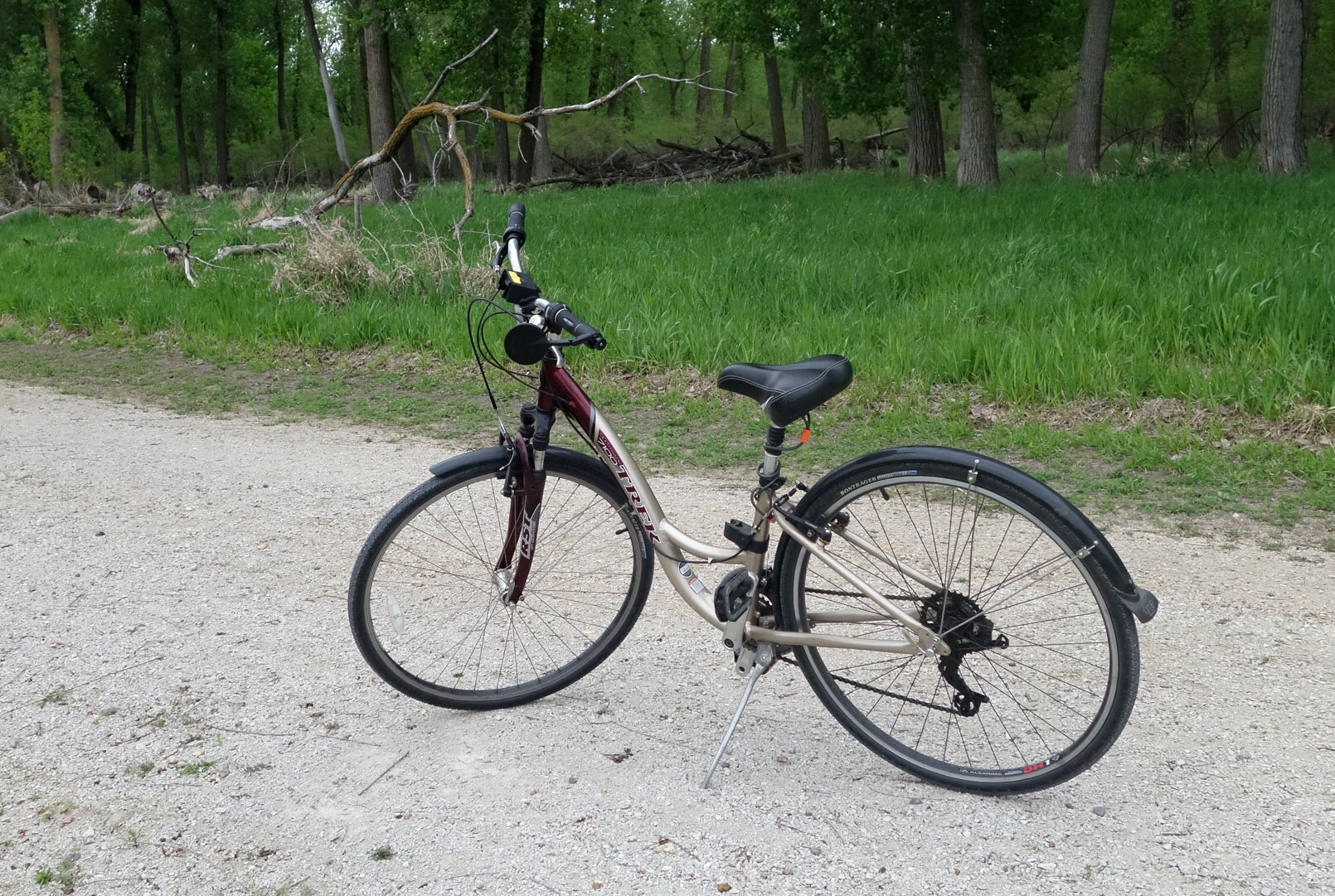
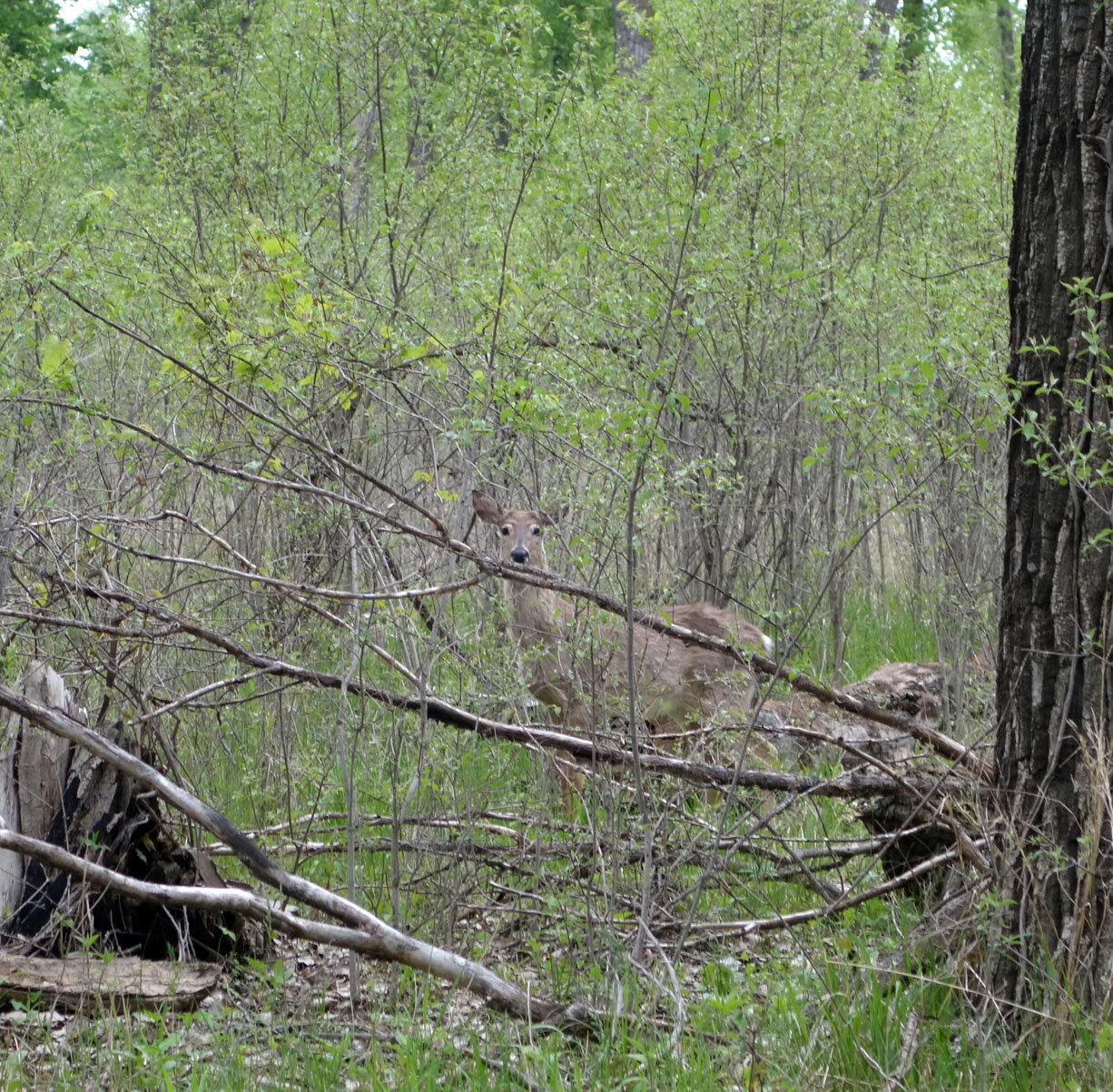
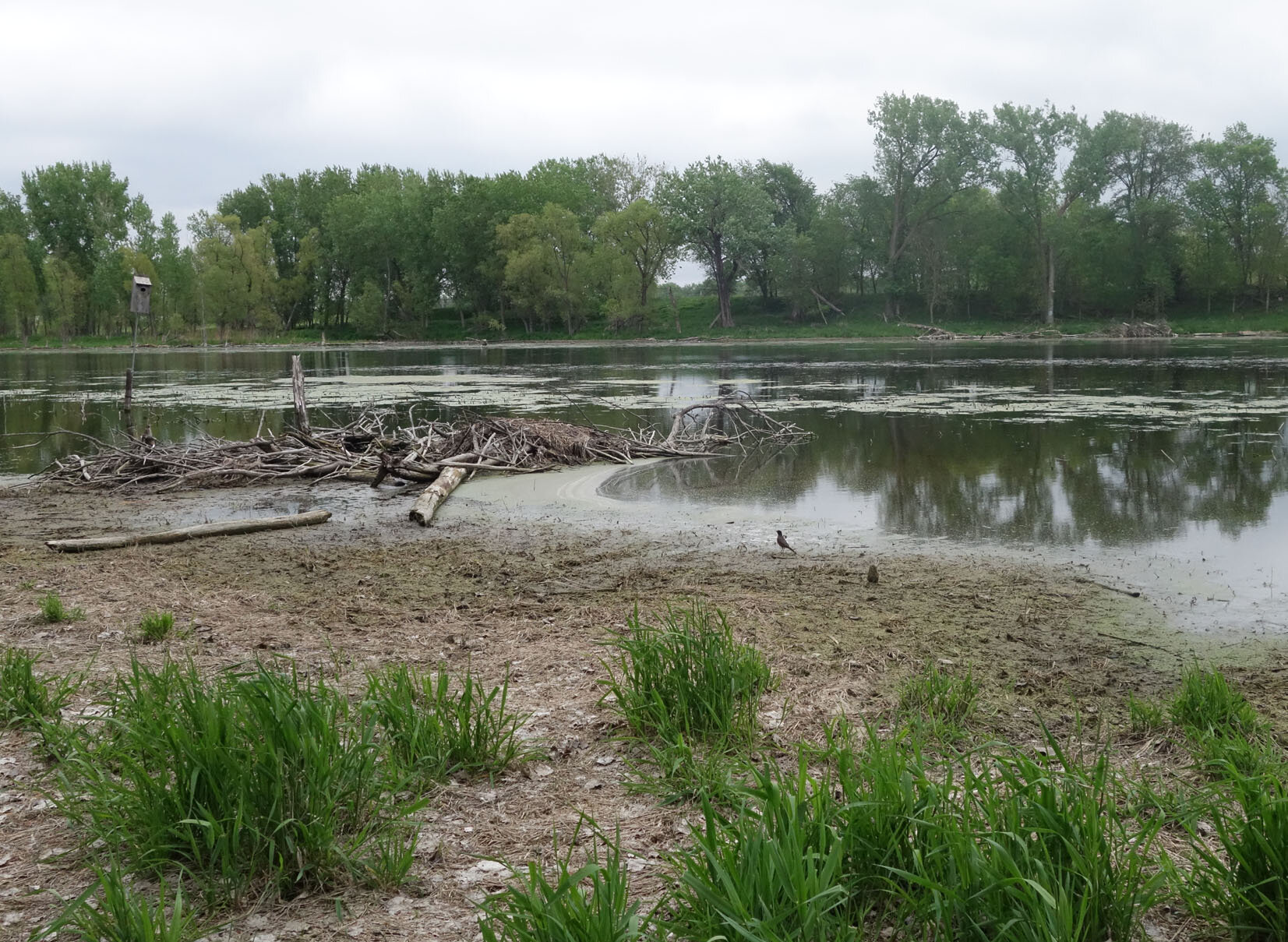
Ashlar the Adorable
I haven’t updated you on my pet gargoyle gecko Ashlar in a while - she’s doing very well, and has even redecorated her cage recently by moving the vine supports around!
Eating an Ethical Diet
I’ve been a vegetarian for ethical reasons for over twenty years, and my artwork and writings about my pieces address issues including animal rights, ethics, conservation, and ecological balance. The COVID-19 pandemic is a direct result of our generally poor relationship with meat consumption, including that of endangered wildlife. Now due to meatpacking plants, the city that I live in has topped a variety of coronavirus tracking charts in terms of spread, density, and duration. Iowa is mass torturing and slaughtering pigs as a result of the pandemic’s disruption of the processing and supply chain. Eating meat increases global warming, obesity rates, and an acceptance of cruelty and superiority that can’t help but seep into other parts of our lives.
Here’s a great Op-Ed in the New York Times that goes into more detail on all of my above points. I support eating an ethical diet and believe we need real reform in this arena as well.
Black Lives Matter
Here in the US, there have been massive protests against racism and police brutality; these have spawned global support and protests in cities around the world. I support the Black Lives Matter movement. Earlier this week I donated to the American Civil Liberties Union (more commonly referred to by its abbreviation ACLU) to support their work in suing the government and police on behalf of protesters and victims of police brutality and injustice. We need substantive reform.
Here’s a link to the ACLU donation page if you also feel called to support them!




